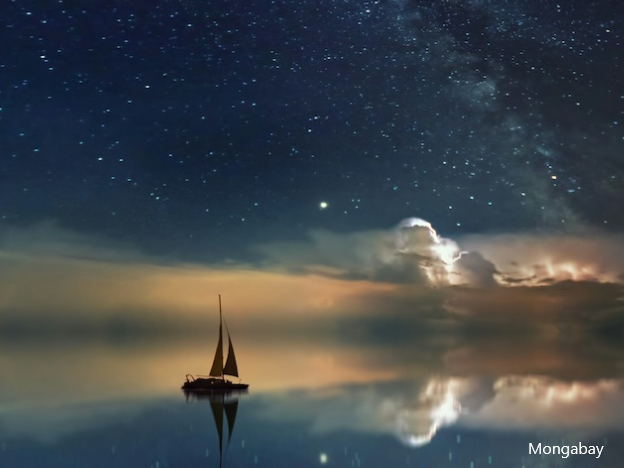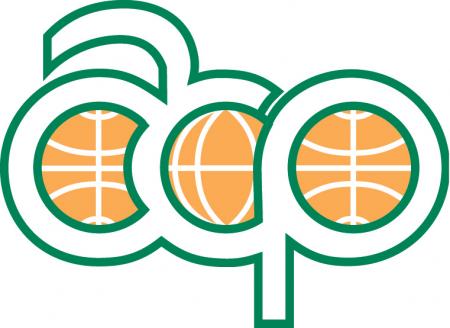
I’m in Nice, France, this week attending the U.N. Conference to Support the Implementation of Sustainable Development Goal 14: Conserve and sustainably use the oceans, seas and marine resources for sustainable development. If my Tiaki Moana colleagues have any say over it, stars and lighthouses are going to be a main topic of conversation here this week. Let me explain.
During the Tiaki Moana conference in Tahiti last April, we discussed how maritime navigators use many tools to cross the ocean, ranging from stars in the night sky to lighthouses. Olivier Chassot, an official with the International Union for Conservation of Nature (IUCN), kicked off a discussion of how marine protected areas (MPAs) and marine other effective conservation measures (mOECMs) — policy tools used by the U.N. Convention on Biological Diversity to protect the ocean — are like lighthouses and stars, respectively.
Across the Pacific, our ancestors found their way by looking to the stars. Generations of navigators memorized the night sky and used celestial pathways to guide their canoes across vast ocean expanses. These stars weren’t installed or built; they were always there, part of the natural world, trusted through knowledge and experience passed down over centuries.









